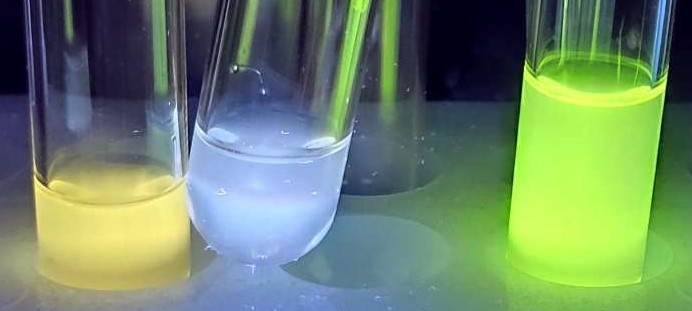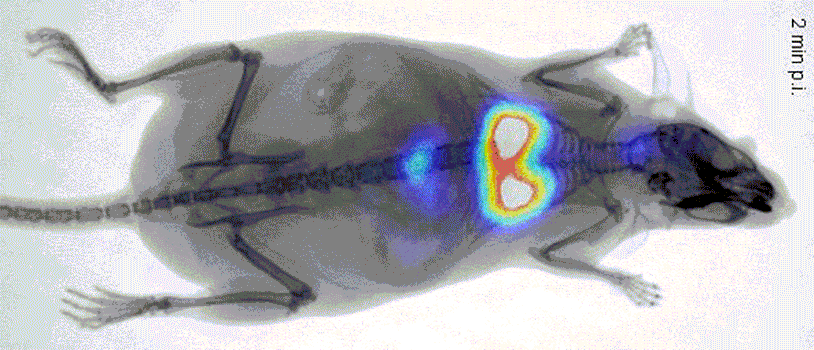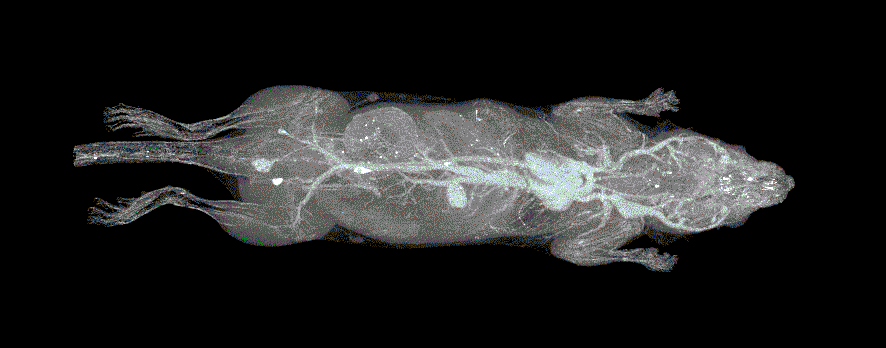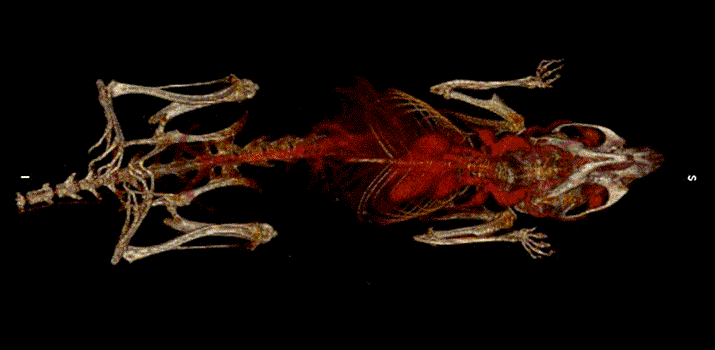Home
Project key information
Call: H2020-MSCA-RISE-2020
Duration: 5 years as from 1st April 2021
Funding: 832 600 €
Coordinator: Dr. Olivier Tillement / Dr. Vladimir Lysenko
Institute of Light and Matter, Université Lyon 1
Abstract
Nowadays, research focusing on control and use of nanomaterials in different areas including life sciences has become a key driver of innovation. UNAT project aims at a systematic interdisciplinary study of metal-carbon nanohybrides (NHs) for advanced theranostic application. Indeed, development of NHs based on organic & inorganic moieties can synergistically or antagonistically influence functional properties of engineered nanotheranostic medicines. UNAT will develop innovative approaches for synthesis and multi-functional application of ultra-small (<10 nm) carbon-based NHs functionalized with various metal atoms for diagnostics and therapy of cancer. In particular, carbon cores of NHs will be chemically synthesized from biomasses and bio-wastes. The combination of pre-clinical in-vitro & in-vivo experiments will allow to evaluate theranostic potential of the NHs.
UNAT will associate an industrial partner from Greece (Bioemtech), a research and innovation center from Ukraine (Science Park) and 2 academic research groups from France (UCBL) and Italy (CNR). The uptake efficiency and specific localization of the NHs in biological cells depending on their intentionally designed surface chemistry will be studied in details. Extremely rich physico-chemical properties of the NHs will allow their application as universal multi-modal (MRI, PET, X-ray, Fluorescence, Photoacoustic) in-vivo bio-imaging agents. The multimodal imaging strategy will allow us to correlate the images obtained with the use of various imaging facilities to increase general reliability of visualization of the NHs localization in tumours. Various exciting electro-magnetic sources used for medical purposes will be simultaneously used for therapy of cancer tissues containing the incorporated NHs. Strongly complementary research experiences of the partners involved in UNAT and a high degree of cooperative integration between them will allow a deep scientific study of the theranostic potential of the NHs.

Yellow and blue luminescent colloidal solutions of carbon nanodots







